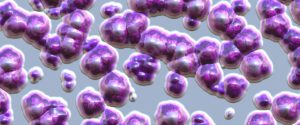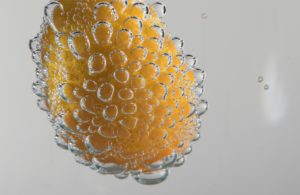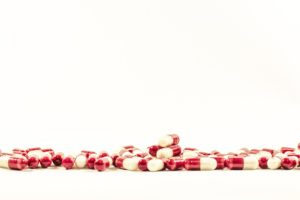Treating Injured Muscles [Show Notes]

How Muscles Work
Muscle contractions depend on the muscle cells trading Potassium (K⁺) and Calcium (Ca⁺⁺).
As your muscle uses up energy to do work, the by-product is Lactic Acid.
Muscle fibers are “woven” together – kinda like fabric.
Contracting and relaxing a muscle causes the fibers to grip together and then spread back out.
Bilateral muscles = symmetrical muscles. They look the same on each side of your body and worktogether to move your body in both directions from your center (left and right).
How Muscles Get Hurt
Stretching a muscle causes the muscle fibers to extend.
Over-extending a muscle can lead to a strain or pull/torn muscle.
Inflammation happens in the tiny fibers of your injured muscle.
Treatment Options for Injured Muscle
Anti-inflammatory medications work great for strained muscles.
– Ibuprofen (Advil, Motrin)
– Naproxen (Aleve)
R.I.C.E.
Rest: stop using it, or at least give it a little break with only light use
Ice: yep, that cold, frozen water stuff
Compression: for smaller muscles, they can be wrapped to help limit inflammation and hold muscle fibers in a inoffensive position.
Elevation: smaller muscles that can be affected by gravity pulling blood to it, can benefit from being elevated and allowing gravity to pull blood away from it for a short time.
Here’s a link with a concise explanation of when to use ice vs when to use heat.
Prescription steroids help relieve inflammation.
Prescription muscle relaxers keep the muscle from knotting up.
Holla
@_KevinBuchanan used 800 mg ibuprofen for his injury. 800 mg should be taken every 8-12 hours, no sooner, or GI side effects may occur.
Recap
1. Stop the offending activity.
2. Ice the injured muscle (24-72 hours after injury)
3. Take anti-inflammatory pain relievers.
4. Apply heat to keep muscle relaxed
5. Gentle use or stretches
Behind the Scenes

Since baby sister was born, Jossalynn gets one-on-one time with me by riding in the “backpack”, which is a woven wrap by Pavo Form.
Connect with me
Support us on Patreon
*NEW* Join the Pharmacist Answers Podcast Community on Facebook
Subscribe: iTunes, Stitcher, GooglePlay, TuneIn Radio









